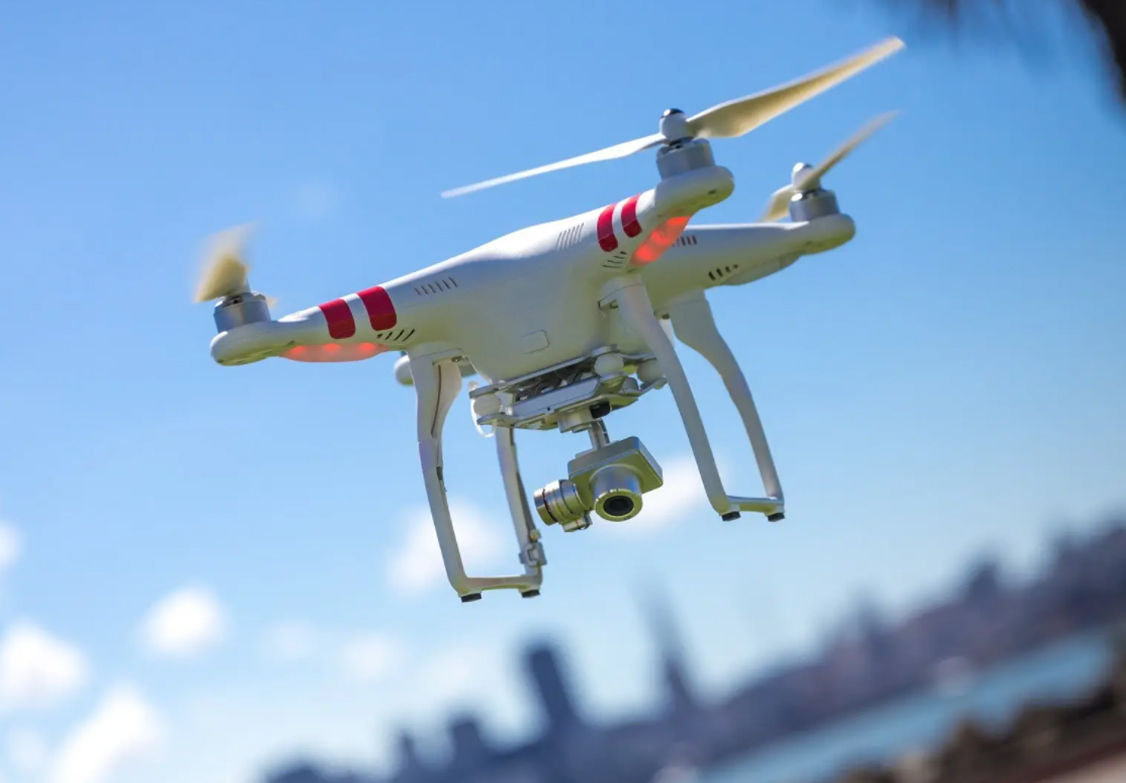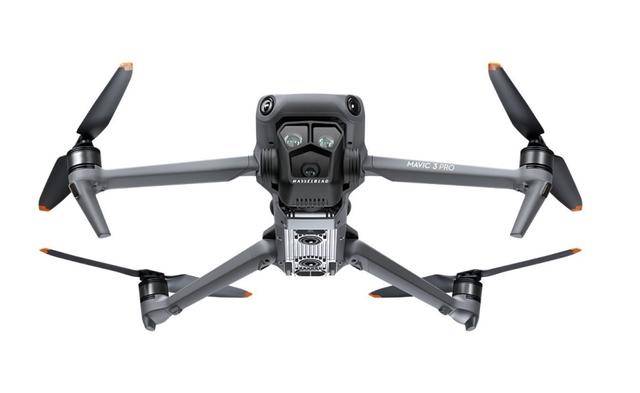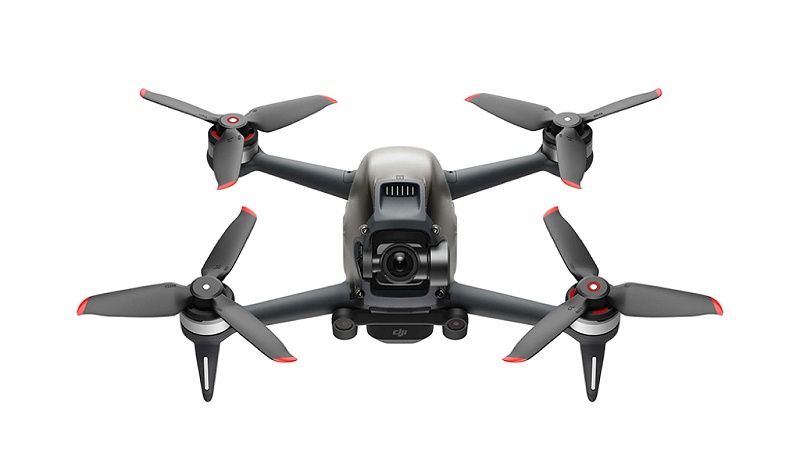Unlock the Beauty of Landscapes with Drone Camera Video
Drones have revolutionized the way we experience and capture the beauty of our surroundings. With the advancement in drone camera video technology, photographers and videographers are pushing the boundaries of creativity to record stunning landscapes from breathtaking heights. This aerial perspective offers a unique angle that allows for the appreciation of natural wonders in a way that was previously unimaginable.
But how can one maximize the potential of drone technology to capture these mesmerizing vistas?
Advantages of Using Drones for Landscape Photography
- High-quality Video Resolution: Modern drones boast high-resolution cameras that transfer striking details and colors, ensuring clarity in every drone camera video taken.
- Versatile Maneuverability: Drones can easily navigate the skies, moving smoothly over diverse terrains, be it mountains, oceans, or forests, to record sweeping shots that are hard to achieve with traditional gear.
- Cost-effective Exploration: Unlike hiring helicopters or chartering planes, drones allow enthusiasts to capture expansive landscapes without breaking the bank.
Optimal Conditions for Drone Filming
To capture the perfect drone camera video, it is essential to choose the ideal filming conditions. Early morning or late afternoon, known as the golden hours, provide soft lighting and dramatic shadows that enhance landscape features. Wind and weather conditions also play a significant role, and it’s crucial to ensure clear skies for stable footage.
Enhancing Your Drone Video Skills
Droning is not just about owning the equipment; it’s about mastering the art of movement, angles, and storytelling through your lens. Experimentation with panoramic shots, experimenting with tilt and pan techniques, and using slow-motion can enrich the viewing experience.
Fine-tuning the Drone Settings for Professional Results
Understanding your drone’s capabilities is essential. Adjusting settings such as ISO, shutter speed, and filter use can significantly influence the outcome of your drone camera video footage. Consider using neutral density filters in bright conditions to control exposure and achieve smooth motion.

Exploring Various Types of Landscapes
The versatility of drone camera video allows capturing diverse landscapes, each offering unique storytelling opportunities: Coastal vistas, dense forests, urban landscapes, expansive deserts, and snow-capped mountains. Drones offer a fresh perspective that unveils the grandeur and complexity of these geographies.
Adding Dramatic Effects with Edits
Post-production is where creativity flourishes. Incorporating color grading to accentuate mood, music to evoke emotion, and transitions
to evoke emotion, and transitions to guide the narrative can transform raw footage into cinematic masterpieces. Remember, each element in a drone camera video should contribute to the story you wish to narrate.
to guide the narrative can transform raw footage into cinematic masterpieces. Remember, each element in a drone camera video should contribute to the story you wish to narrate.
Common Challenges and Solutions
Drones, despite their advantages, come with challenges like battery life limitations and potential signal disruptions. Mitigation strategies include carrying extra batteries and employing antennas that enhance range. Ensuring routine maintenance and software updates is also critical for optimal performance.
FAQs from Drone Enthusiasts
What is the best drone for landscape photography?
The DJI Phantom series has proven very popular due to its robust features tailored for high-end landscape imaging.
Can drones fly in bad weather?
It’s advisable to avoid flying drones in extreme weather. Most drones are not waterproof, thus, flying in rain or strong winds poses risks to the device.
How high can drones capture video?
While regulations vary, most drones can ascend to 120 meters (400 feet), which delivers a comprehensive perspective of the landscape below.
Whether you’re an amateur or professional, leveraging the power of drone camera video technology can exponentially enhance your landscape artistry.
